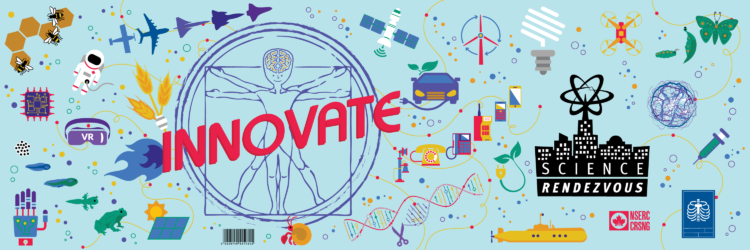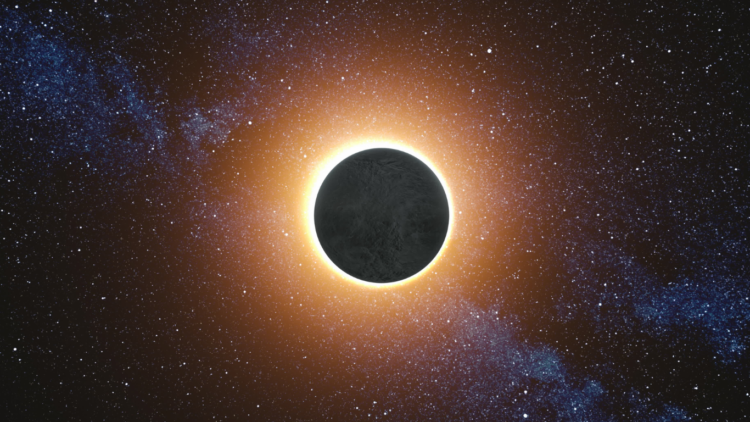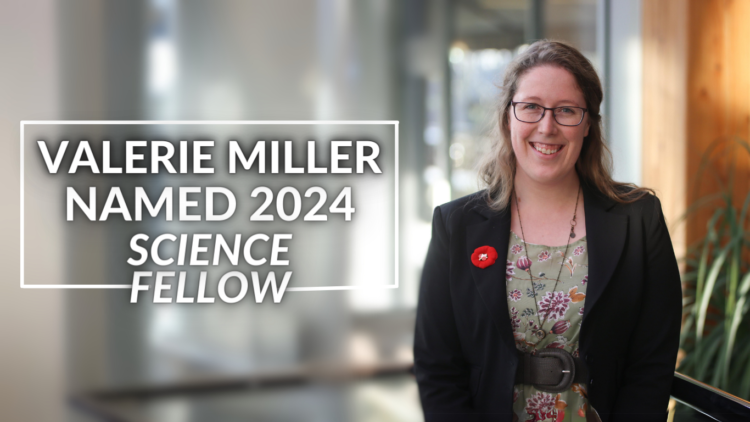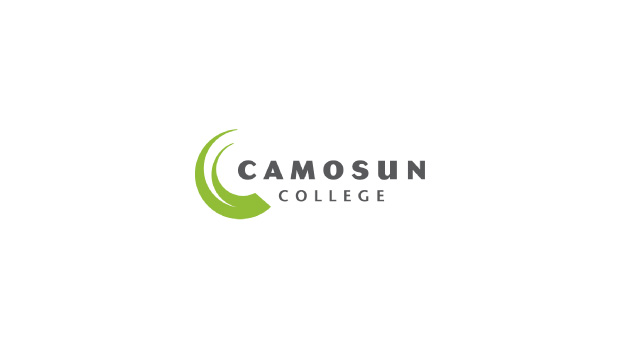A great way to celebrate the winter holiday season is to make paper snowflakes! It’s fun, easy and full of surprises. Random cuts here and there unfold into eye-catching patterns. And the best part is that we can turn scrap paper into easy S.T.E.A.M. green holiday decorations. But are our paper creations actually realistic? Let’s dig into the science first!
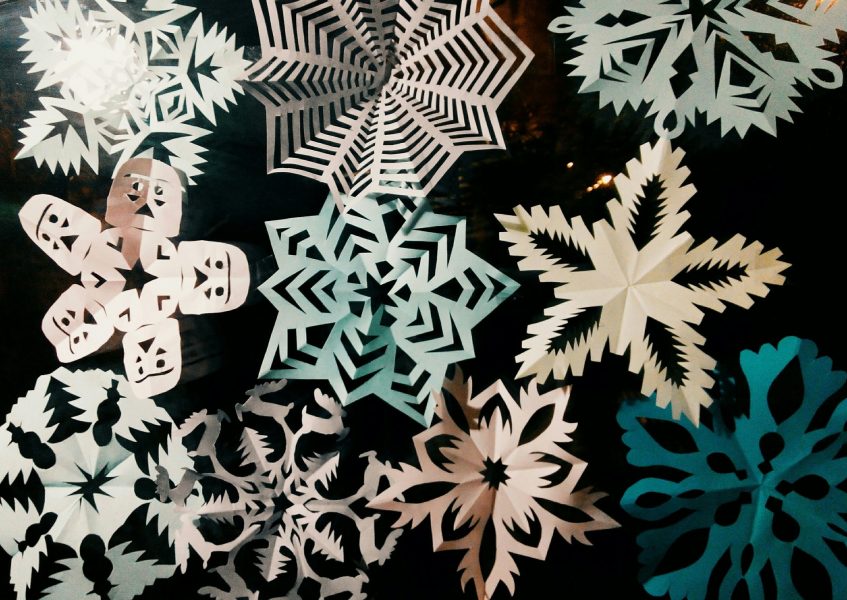
How do snowflakes form?
Snowflakes are made up of ice crystals, which are really just solid water. Formed in clouds, snowflakes start to take shape when the water in the form of gas, or water vapour, skips the liquid stage and turns into ice. Water molecules as ice crystals like to be arranged in the shape of a hexagon with six sides. That’s why snowflakes have six points!
But how the snowflakes continue to grow depends on the temperature and the humidity (how much moisture is in the air) from when they form to when they fall to the ground. Collisions with other snowflakes and slight changes in temperature and humidity can all influence how the shape of the snowflake. Because few snowflakes take the exact same path down to the ground, very few snowflakes are identical!
Fun fact: The snowflake arms all grow independently of each other! They tend to look identical because they take the same path down to the ground.
Go snowflake-hunting!
Source: Snow Crystals
Researchers have categorized the different shapes that snowflakes can take! There are so many and there’s no set classification system. Here are just a few of the common types of snowflakes you might see.
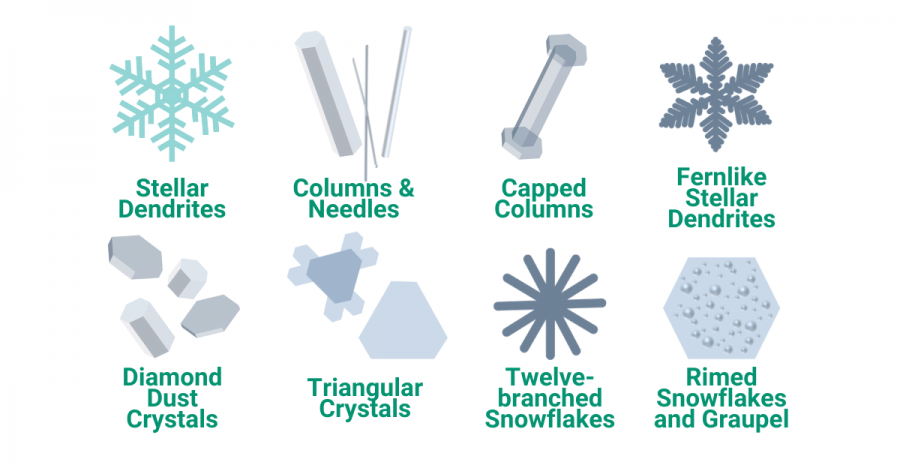
If you want to discover what unique snowflakes you can find, find some dark cardboard or fabric and place them outside when snow is falling. Take a magnifying glass and observe your snowflakes up close! Do they fit any of the types above or are they in a different category altogether? Make sure to take a picture and share it with @sci_rendezvous to show off your snowflake detective skills.
Make an accurate paper snowflake!
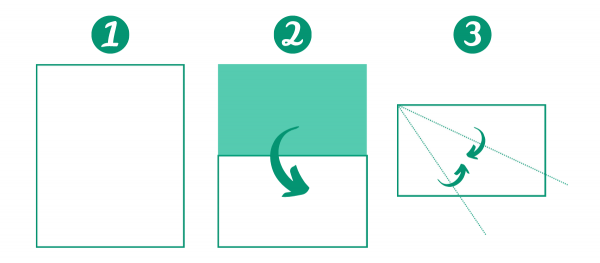
Based on the activity found on The Science of Snowflakes

- Take a regular 8.5″x11″ piece of paper (scrap paper will make this the perfect S.T.E.A.M. green activity)
- Fold it in half
- Along the folded crease, pick a corner and from there, gently divide the paper into approximate thirds. The two flaps should fold on top of each other evenly. This may take a couple of tries to get the right fold so press down when you know you have the right fold.
- Fold one of the flaps down once you know where the thirds are.
- Fold the other flap on top of the previous flap.
- Your paper should now look like a triangle, with a small triangle sticking out below. The three flaps makes sure that your snowflake will have six sides when you unfold it.
- Cut along the smallest flap as shown to make each of the six sides the same length.
- Now your folded paper should look like a triangle with no extra flaps.
- Cut out the light green area so that you end up with a folded paper shown here. The two rectangles cut out near the tip of the paper will result in two hexagon shapes on your snowflake, which many snowflakes actually have in their centers.
How did it turn out?! Find pictures of other real snowflakes and see if you can cut out your own snowflakes that look like them! Make sure to show us what your scientifically accurate snowflakes look like!
Fun fact: There used to be an International Commission on Snow and Ice (ICSI) to promote Cryospheric Science, which is the science of permafrost, snow and ice on Earth and other planets and moons! Today, there is the Union Commission for the Cryospheric Sciences, which replaced the ICSI.
Resources
Learn more about snowflakes here:

